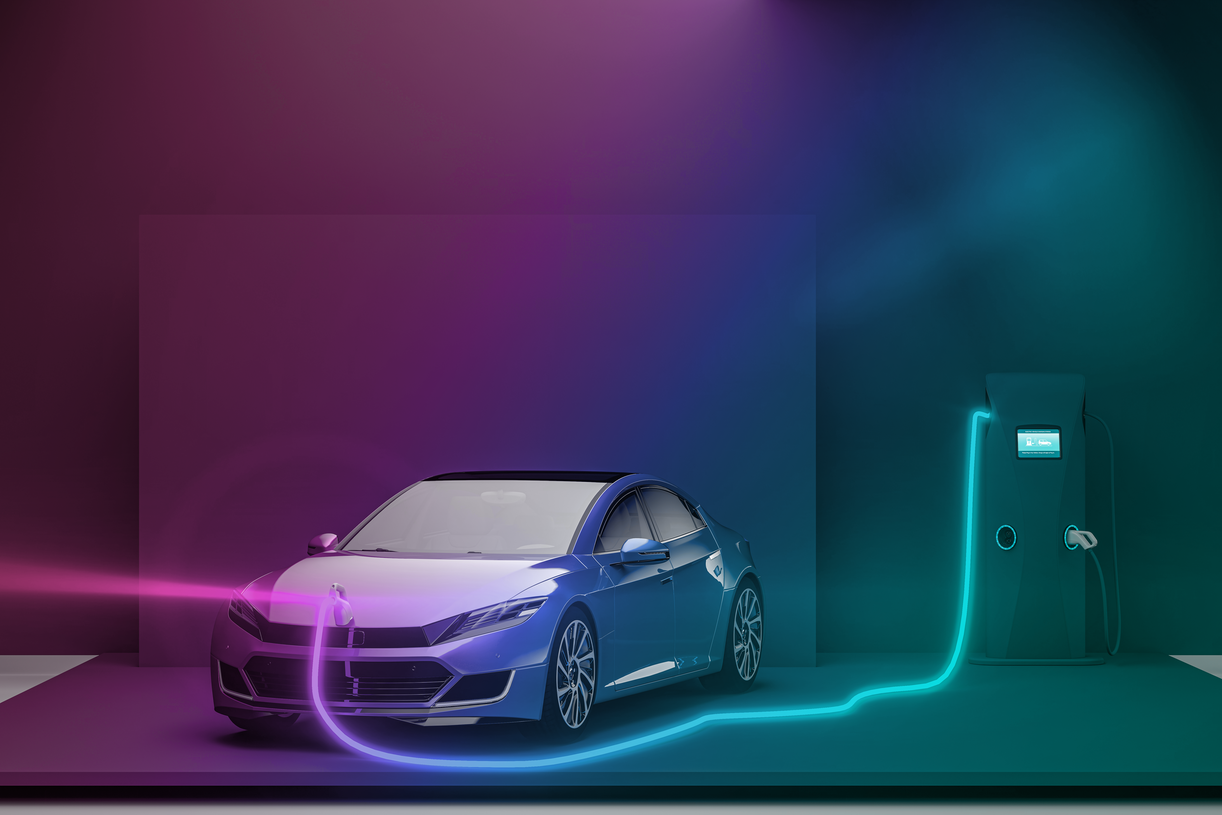The race is on: gasoline, electric and a third option that people are a little bit skeptical[1] about are all competing to be the future of automotive.
Leading the way, it’s electric vehicles: outselling ICEs at a rate of two-to-one, and the power behind the best-selling car in America. The fastest car in the world is electric.
If that’s all sounding a little bit too futuristic, the fact that the main competition for all of these cars is the horse and carriage might bring you back to earth – it’s the state of the American automobile market in 1900.
In the early 1900s, EVs accounted for one third of all vehicles manufactured in the United States. Admittedly, that was a small number – 1575 out of a total 4192, with steam-power in pole position – but the biggest OEM was the Electric Vehicle Company. It didn’t actually sell any cars, it rented them – the renters returned them every night to a central garage for a charge and service.
History doesn’t repeat itself, but it does rhyme
Fast forward a century or so, and the race is back on. The themes of power, efficiency and use models are still relevant, but this time the motivation is different. Automotive manufacturers and the transport, e-commerce and agri sectors are moving towards decarbonisation to address the climate crisis. Electrification is playing a pivotal role in achieving that. And connectivity is a pre-requisite to electrification and new mobility services – a key reason for the decline of EV use 100 years ago was availability and access to charging. Today, we’re facing similar challenges – but this time we have the technology to drive the development and management of the infrastructure we need to make it all work. That technology is connectivity.
Connected car sales overtook non-connected cars in Q2 2022, and while 4G accounted for 90% of the connectivity, 5G vehicle sales surpassed the half million milestone. China was the first country to introduce 5G connected vehicles in 2020, the USA pulled ahead in 2022. As Barry Napier observes, OEMs are headed for a future where connectivity will matter as much as charging does for electric vehicles. With more connected vehicles on the road than ever, connectivity is poised to become a key differentiator in brand loyalty and customer churn in 2023.
Leading the charge
Connected software and analytics help streamline the orchestration, administration and maintenance of EV charging stations, while reducing monitoring costs. Real-time access to usage data helps OEMs and providers to better understand user needs, such as:
-Who’s charging
-When they need it most
-What type of vehicle is being charged
Down time or poor connectivity can have a lasting, negative impact on brand reputation. EV owners want a strong handle on where their charging can take place – and how long it’s going to take. Cubic Telecom’s connected software and data analytics technologies enable telematics that give drivers the real-time information they need to understand how much battery life is left, which charging stations are available, where to park, and more.
Cubic connects EVs to the cloud, providing easy access to vital information for manufacturers, drivers and fleet managers alike. Real-time analytics and insights help drive new efficiencies while opening up new revenue opportunities through enhanced and premium mobility services.
Connecting for the future
Cubic’s technologies have helped Volkswagen to embed connectivity in their innovative ID EV range – enabling real-time charging control, multiple user and charger management and access to charging data across 34 European countries. To learn more about how Cubic Telecom is helping to drive the transition to more sustainable mobility and transport solutions, check out our case study on fleet management for next-generation electric vehicles.
[1] Steam! 1900’s answer to this decade’s hydrogen power debate.

